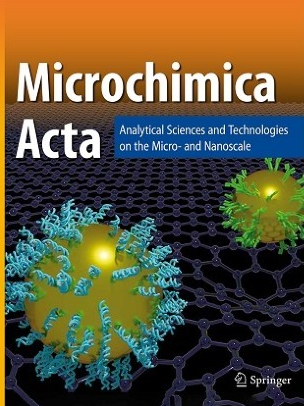Development of a syringe-hosted load-and-read immunoassay device using autoinjected distance readout in paper inserts
Abstract
Pressure-based signal readout is promising for developing instrument-free immunoassays, but new detection methods are desirable to further advance the applicability of point-of-care testing (POCT). Herein, we developed a syringe-hosted load-and-read immunoassay device using autoinjected distance readout in paper inserts. The device was composed of multiple disposable syringes as the host for immuno-recognition, a three-dimensional (3D)-printed loading magazine of the syringes, and paper inserts to the magazine for distance signal readout. Using prostate-specific antigen (PSA) as a model target, the immuno-recognition system was constructed on the inner cylinder walls of the syringes. The immuno-captured platinum nanoparticles (Pt NPs) catalyzed the decomposition of H2O2 to produce O2 in the cylinders, driving the automatic quantitative injection behavior of the syringes. By loading the syringes into the magazine, the autoinjected liquids were received by the paper inserts to display the immunoassay signals as a visual traveling distance of liquids. PSA was determined with a low limit of detection (LOD) of 0.32 ng/mL and high accuracy in testing clinical serum specimens. Given the advantages of the simple syringe-hosted immuno-recognition method and the load-and-read signal readout in the paper inserts, the immunoassay device shows great potential in POCT.
Graphical abstract

 求助内容:
求助内容: 应助结果提醒方式:
应助结果提醒方式:


